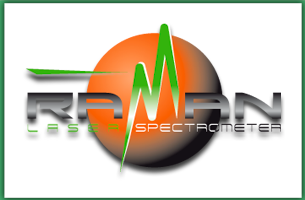Marco VenerandaJesús SáizAurelio Sanz‐ArranzJose Antonio ManriqueGuillermo Lopez‐ReyesJesús MedinaHenning DypvikStephanie C. WernerFernando Rull
The multianalytical study of terrestrial analogues is a useful strategy to deepen the knowledge about the geological and environmental evolution of Mars and other extraterrestrial bodies. In spite of the increasing importance that laser‐induced breakdown spectroscopy (LIBS), near‐infrared spectroscopy (NIR), and Raman techniques are acquiring in the field of space exploration, there is a lack Web‐based platform providing free access to a wide multispectral database of terrestrial analogue materials. The Planetary Terrestrial Analogues Library (PTAL) project aims at responding to this critical need by developing and providing free Web accessibility to LIBS, NIR, and Raman data from more than 94 terrestrial analogues selected according to their congruence with Martian geological contexts. In this framework, the present manuscript provides the scientific community with a complete overview of the over 4,500 Raman spectra collected to feed the PTAL database. Raman data, obtained through the complementary use of laboratory and spacecraft‐simulator systems, confirmed the effectiveness of this spectroscopic technique for the detection of major and minor mineralogical phases of the samples, the latter being of critical importance for the recognition of geological processes that could have occurred on Mars and other planets. In light of the forthcoming missions to Mars, the results obtained through the Raman Laser Spectrometer (RLS) ExoMars Simulator offer a valuable insight on the scientific outcome that could derive from the RLS spectrometer that will soon land on Mars as part of the ExoMars rover payload.



